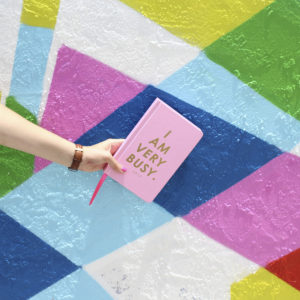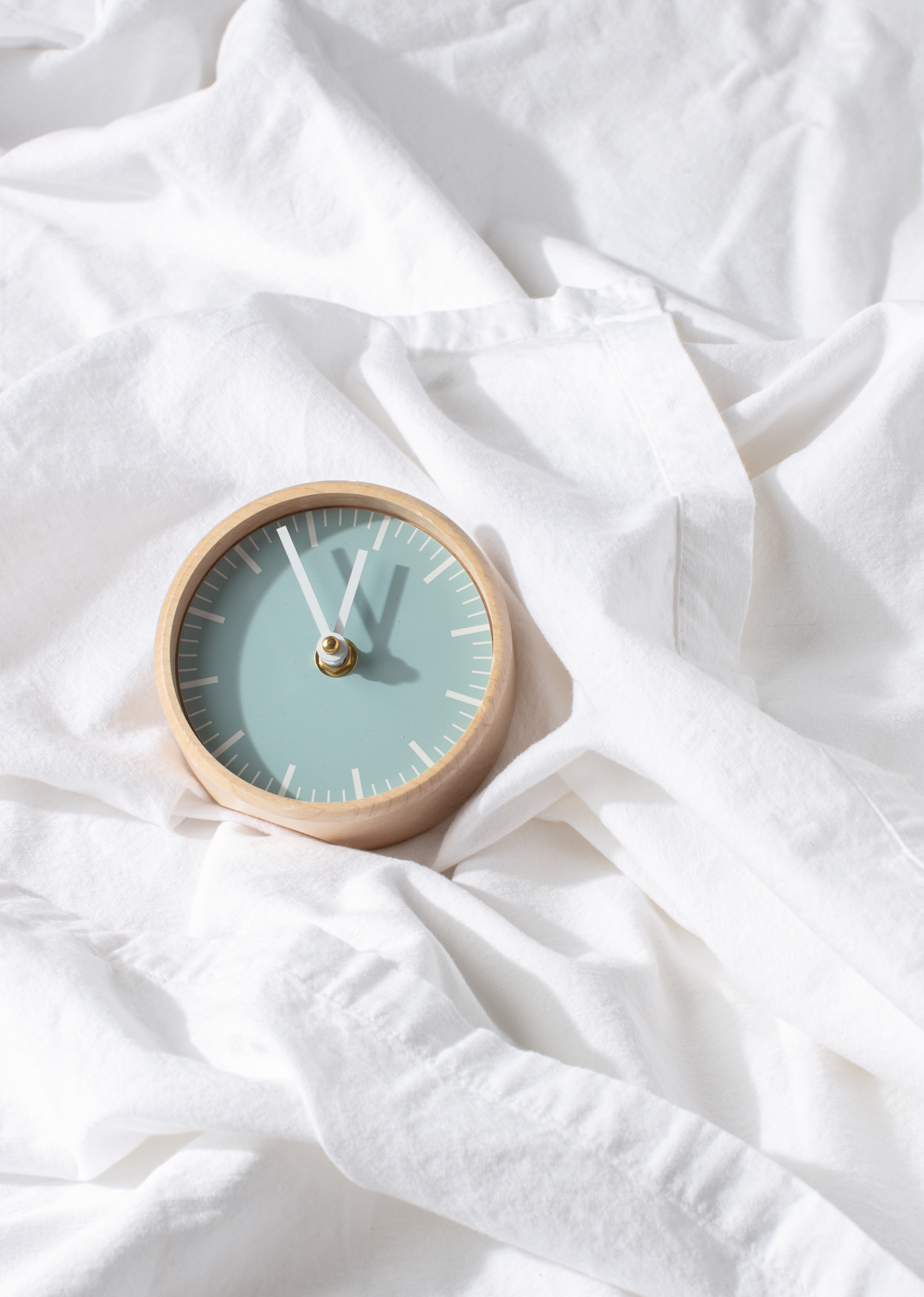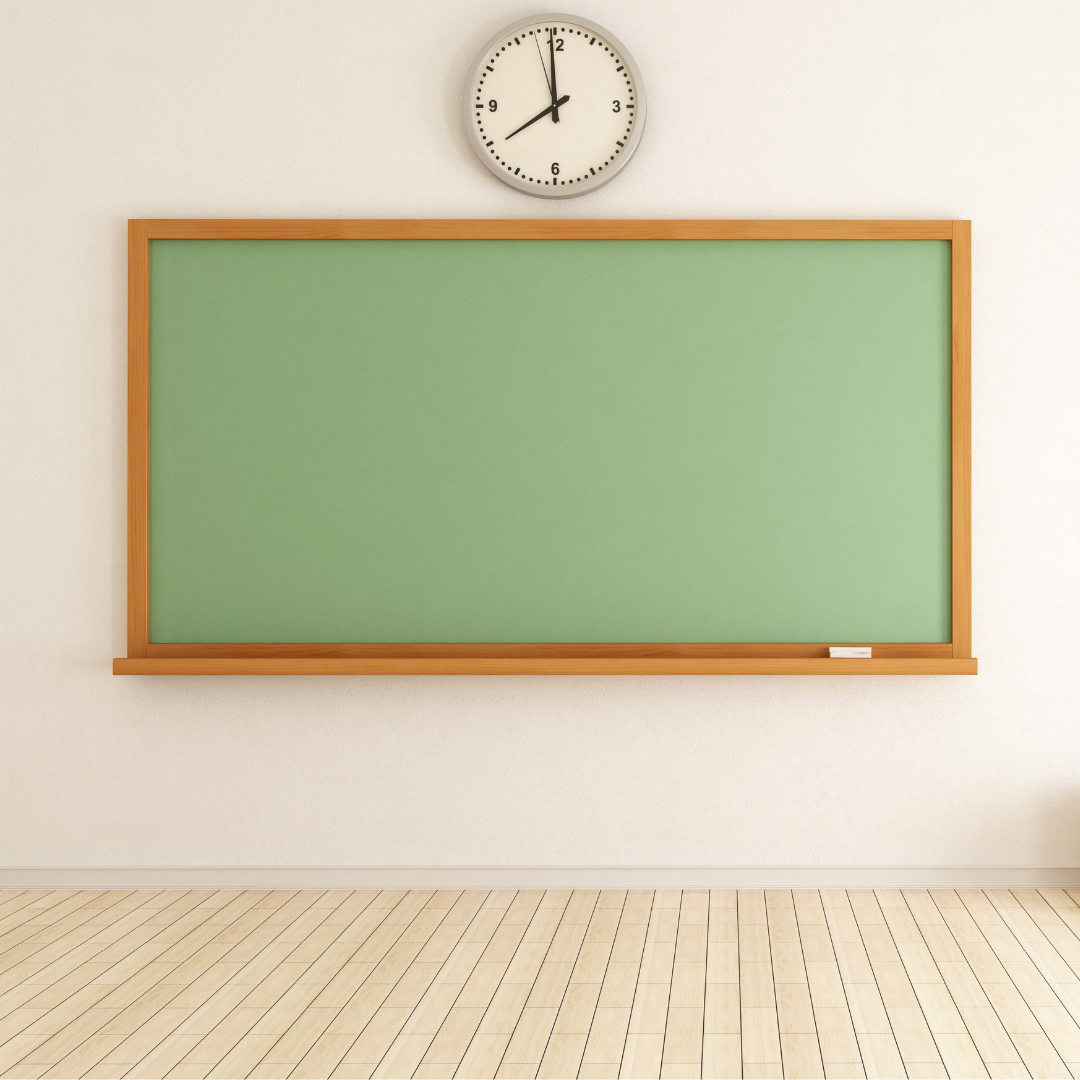Raise your hand if you have ever asked your child to do something (e.g., finish their math homework, put away their laundry, or pick up toys in the backyard), only to be frustrated when the final result isn’t what you expected? As a momma to two little ones, this can be so irritating to me! It can be discouraging when we have an expectation, and it isn’t met. The truth is we often develop our expectations from a “future picture” in our mind. And when it doesn’t work out the way we planned, we are disappointed. Have you ever…
- Been on a tropical vacation, expecting it to be sunny, and then had stormy weather instead?
- Started on a loop-trail hike and realized that the trail was much longer than you expected, but you have to keep going to get to the end?
- Baked two dozen cookie monster cupcakes, only to have them turn out like this?!?!

Suppose you have ever been disappointed because the outcome didn’t match your expectation or thrilled because it was even better than you imagined. In that case, you have experience making a “future picture” in your mind.
Children with ADHD or language disorders struggle to imagine the future picture.
When I’m working with a child who has trouble transitioning, completing a task, or staying focused, one of the first things I consider is whether the child truly understood the “future picture” of what I wanted them to do. I use this with my children at home and almost every day in my private practice, where I work with children with a language disorder and other diagnoses such as ADHD, autism, and learning challenges. Based on the incredible work of two speech language pathologists, Sarah Ward, and Kristen Jacobsen, this concept has helped me better support children with executive function challenges.
What is the future picture? Many people do this naturally!
For children and adults with strong executive function skills, it comes naturally to “think ahead” to the next step… or ten steps… throughout the day. Research has shown that we actually picture ourselves in the future and think about (imagine) the space, time, objects, and people we will experience. As we do this, we begin to think about what we will need, when we will do it, how long it will take, and where we will be. This helps us stay focused on our goal and avoid distractions. Some examples of what it might look like when a child has a strong future picture:
- A mom tells her daughter, “You have a dance after school,” and the daughter gathers her leotard, tights, shoes, water bottle, and snack (she imagined herself at dance class and recognized the objects she needed).
- A dad says, “Let’s do your math homework,” and the son gets the math book, paper, and pencil and goes to sit at the table in the space where he typically does math homework (he imagined himself doing homework and identified the objects and space for this activity).
- A teenager wants to bake cupcakes but looks at the clock and recognizes that she needs to leave for class in 15 minutes. She decides to wait to bake cupcakes until tonight when she has more time (she imagined herself baking and recognized the time it would take her to accomplish her goal).
How does this work for children with ADHD?
Children with executive function challenges or ADHD are often so engrossed in their current activity that they do not anticipate the next steps of their day. When a parent says, “You have five more minutes of video games before we leave for swimming,” the child with ADHD is not imagining himself getting up, turning off the game, and getting dressed for swim class. Meanwhile, his mom is thinking, “I just told him he has five more minutes,” and she can clearly imagine the next steps in her mind. She understands that once he turns off the game, he needs to get his swimsuit on, grab a towel, and get in the car.
Since he hasn’t thought about his next steps and is only focused on his game, what is the result? When five minutes are up, mom turns off the video game, and, you guessed it, the child has a meltdown! He doesn’t start getting ready for swim class because he hasn’t thought about it at all. He did not share his mom’s future picture.

How do we help our children build a future picture?
How are your art skills? Not great? That’s ok; I still draw stick figures when I do this activity in therapy! The goal is to help your child draw a simple sketch of the final product or end goal. We want our children to “start with the end in mind” and think about the final product.
Making a sandwich? Help your child draw the sandwich with all of the ingredients.
Packing a backpack? Help your child draw the inside of the backpack with all the supplies.
Creating a poster board presentation? Help your child create a picture of what the final product will look like. Where will the title go? Will it take up half of the poster? Or just the top 25%? Where will the graphs and pictures go? These details help your child formulate a future picture in their mind.
What do I need?
You will need a couple of very simple tools: a piece of paper or dry-erase board, and a marker. Before starting an activity (e.g., cleaning up their room, setting the table), talk with your child about the goal and what you are each picturing in your mind. Depending on how familiar this is to your child, you will probably be doing a lot of modeling initially, to help your child do this with greater independence over time. It may be tempting just to write words (a description). Still, I really encourage you and your child to actually draw the image since visual information is processed differently from verbal language in our brains.
But what does this look like in real life?
To give an example of how this might work, I did a future picture with my five-year-old, and asked her to draw what her closet looks like when it is all cleaned up. Here are some of the questions I asked her:
- What should go on your shelves? (folded sweatshirts, basket of headbands, costume boxes)
- Where should your shoes go? (in a basket on the floor)
- Where should we draw your princess dresses? (hanging up in the closet).
This is what she drew:

Once she was done drawing, we carried her drawing into the bedroom and stood in front of her closet. I asked her, “Does your closet match the future picture you drew?” She laughed and said, “No! This is a mess!!”
As we cleaned up her closet, we referred back to her future picture. When we thought we were all done, we checked the picture to make sure everything “matched.” This is what her closet looks like on the rare occasion when it is clean:

We would love you all to try this with your children over the next week! It’s a fun, simple way to help your child understand your expectations. Please let us know how it goes.
Did you know we now have an entire course to support parents of children with ADHD or suspected ADHD? This online course can be watched on your schedule from anywhere in the world… no babysitter needed! Tell me more.
We are so thankful that you are here.
Have a beautiful week,
Katie







+ show Comments
- Hide Comments
add a comment